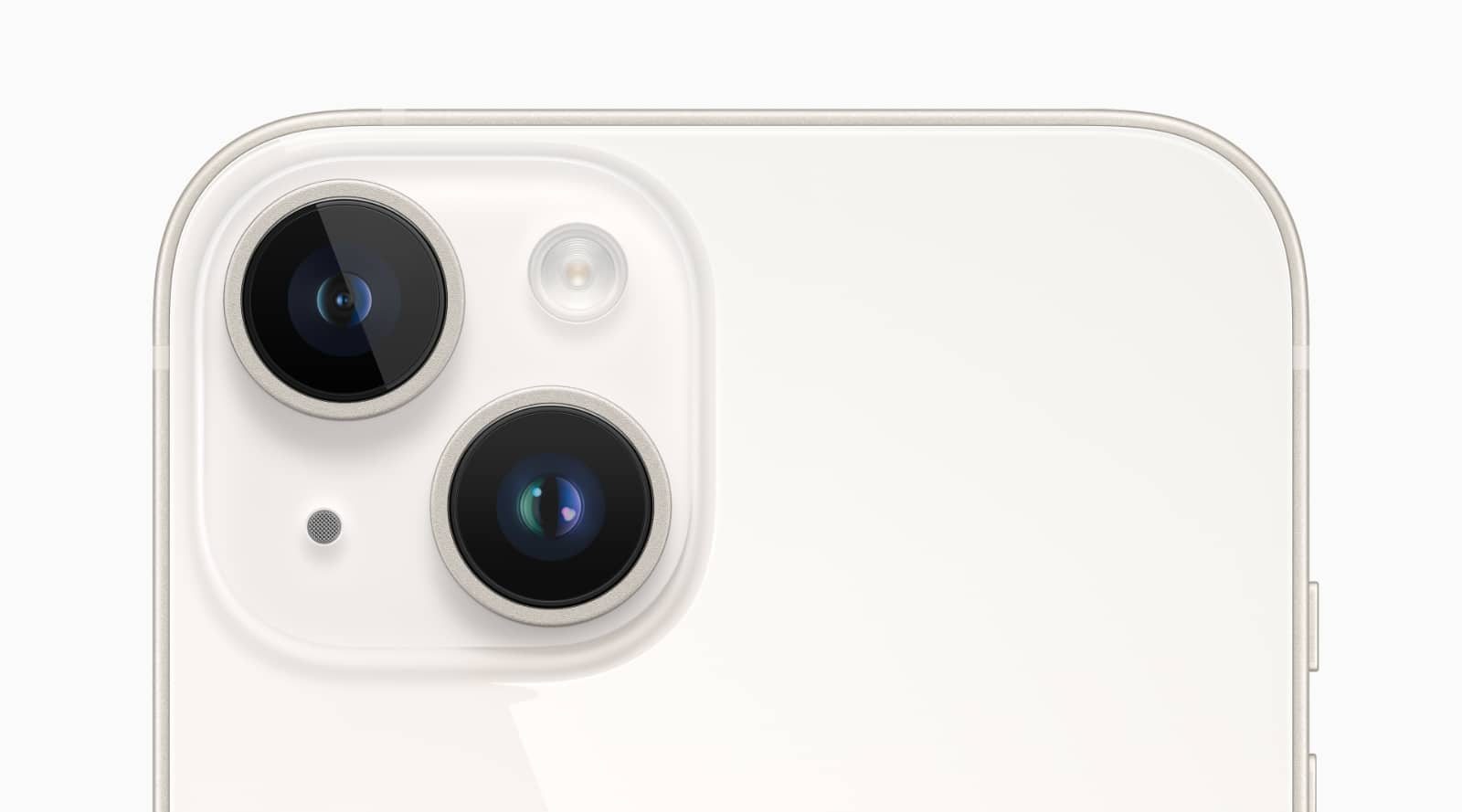New iPhones are in the way, as Apple kills off the tiny Mini model, and offers buyers an iPhone 14 that’s as big as the Max, but without the same price.
It’s September, and you know what that means: spring. Warmer months are on the way for Australians, and that’s not all. New iPhone models are also something September typically brings, and this September is no different, with a couple of new standard iPhone models, though the sizes have changed.
While last year’s iPhone 13 launch saw a small 5.4 inch iPhone next to a regular 6.1 inch model, this year will see the baby iPhone disappear, making way for a bigger one. Yes, the iPhone Mini is no more, replaced with an iPhone Plus once again. Remember that naming convention?
This year, the standard iPhone 14 range will cover a 6.1 inch iPhone 14 and a 6.7 inch iPhone 14 Plus, the latter of which is sized almost identically to the iPhone 13 Pro Max from last year, but coming with the same design to its iPhone 14 sibling, and the same feature set outside of the screen and battery size.
What’s new in the iPhone 14?
Different by number and a new big model, the iPhone 14 will feel a little like an iterative update if you saw or owned one of last year’s iPhone 13 models, and it might feel that way if you have an iPhone 12, as well.
Sporting the same flat-edged aluminium design, the iPhone 14 gets much the same chip as last year’s iPhone 13 Pro, using the 5-core GPU version of the Apple A15 Bionic, which isn’t a huge jump on what the 4-core offered in last year’s iPhone 13 range. It’s a boost in graphics for an already fast processor, but it’s not a brand new chip.
The camera looks the same upon first glance, as well.
You’ll still just get the standard wide and ultra-wide 12 megapixel cameras, but the main camera has been improved with a bigger sensor, more in the way of aperture (F1.5 on the main camera and F1.9 in the front-facing camera), and Apple is using what it calls a “Photonic Engine” to apply algorithms and computation processing to get more detail out of photos. Think of the Photonic Engine as the updated version of Deep Fusion introduced in previous iPhone generations.
That’ll handle stills, but video is also being catered for, as well.
The neat cinematic capture mode that uses face tracking for portrait-style video has been updated from 1080p video capture to 4K this year, and there’s also an “Action Mode” that can stabilise shaky shots while you’re capturing. Think of it as a built-in digital gimbal for people who might want to capture videos while they’re running.
Outside of the performance and camera, you may not be able to see the difference, unless you’re involved in an accident.
Apple’s iPhone 14 range includes measures to help you in an accident, with the accelerometer and gyroscope tuned to pick up on severe G-force measurements and work out whether you’ve been involved in an accident.
If that happens, an iPhone 14 can dial 000 emergency services for you, even if you’re unconscious or just can’t reach the phone. Apple also notes that speed changes are just one aspect the crash detection could work with, using the microphone to recognise loud noises in crashes and having it work with algorithms trained from millions of hours of crash data to work out when a crash has occurred.
Perhaps the other major difference stems from the obvious screen size, with the 6.1 inch much the same in size and design as the iPhone 13 before it — notch included — while the 6.7 inch model is the same size as the iPhone 13 Pro Max, but with iPhone 14 cameras and innards. The Apple Ceramic Shield is back on this design, and both will get OLED displays, as well.
And because the iPhone 14 Plus is a big variation of the iPhone 14 standard model, it will also get more battery life, too.
iPhone 14 and iPhone 14 Plus Australian availability
It’s all of that plus 5G, WiFi 6, GPS, Bluetooth, Apple Pay, and all the bits and pieces that normally make an iPhone arriving in five colours from September 16 for the standard iPhone 14, with the iPhone 14 Plus arriving from October 7.
Australians can expect the iPhone 13 priced from $1399 locally,while the iPhone 14 Plus will start from $1579 locally.










